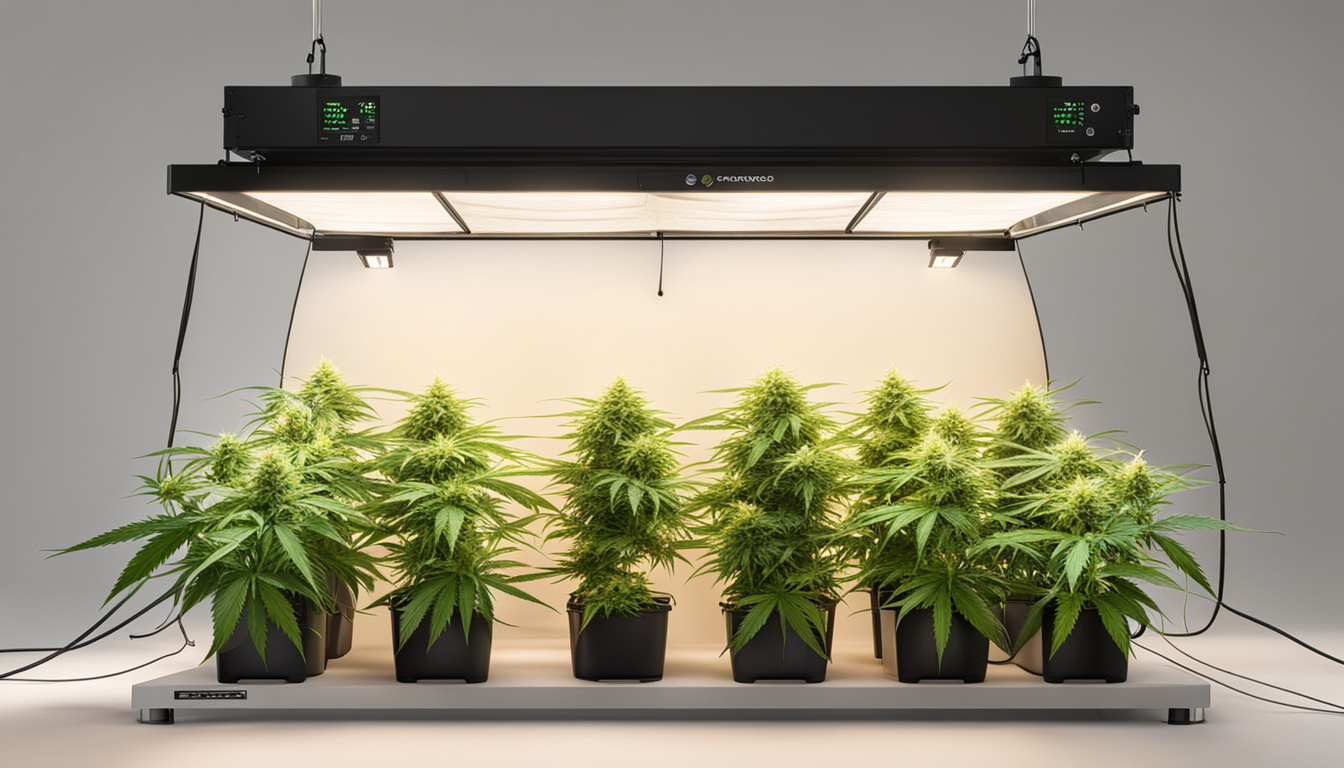
Whether you're just starting out with cannabis cultivation or looking to improve your existing crop, following this complete guide will help you produce big, high-quality yields right at home. With the right supplies, techniques, and care, growing marijuana indoors can be an extremely productive and cost-effective endeavor.
Choosing Pot Strains
The first step in planning your indoor grow is picking the right weed varieties to produce. The three main types of pot plants each have their own characteristics.
Sativas
Known for their energizing cerebral effects, these strains spread tall and slender with narrow leaves. They thrive in warmer equatorial climates and have a longer flowering time between 10-12 weeks indoors. Top sativa strains include Jack Herer, Durban Poison, Super Lemon Haze, and Jack Herer.
Relaxing strains
These strains provide calming body-focused effects and spread short and bushy with wide leaves. Accustomed to colder mountain climates, they bloom faster within 2-2.25 months. Popular relaxing varieties include Northern Lights, Bubba Kush, and Bubba Kush.
Mixed strains
Mixed varieties mix traits from both energizing strains and relaxing strains. They offer blended effects and have medium blooming times around 2.25-2.5 months. Well-known hybrids are OG Kush, Girl Scout Cookies, and Blue Dream.
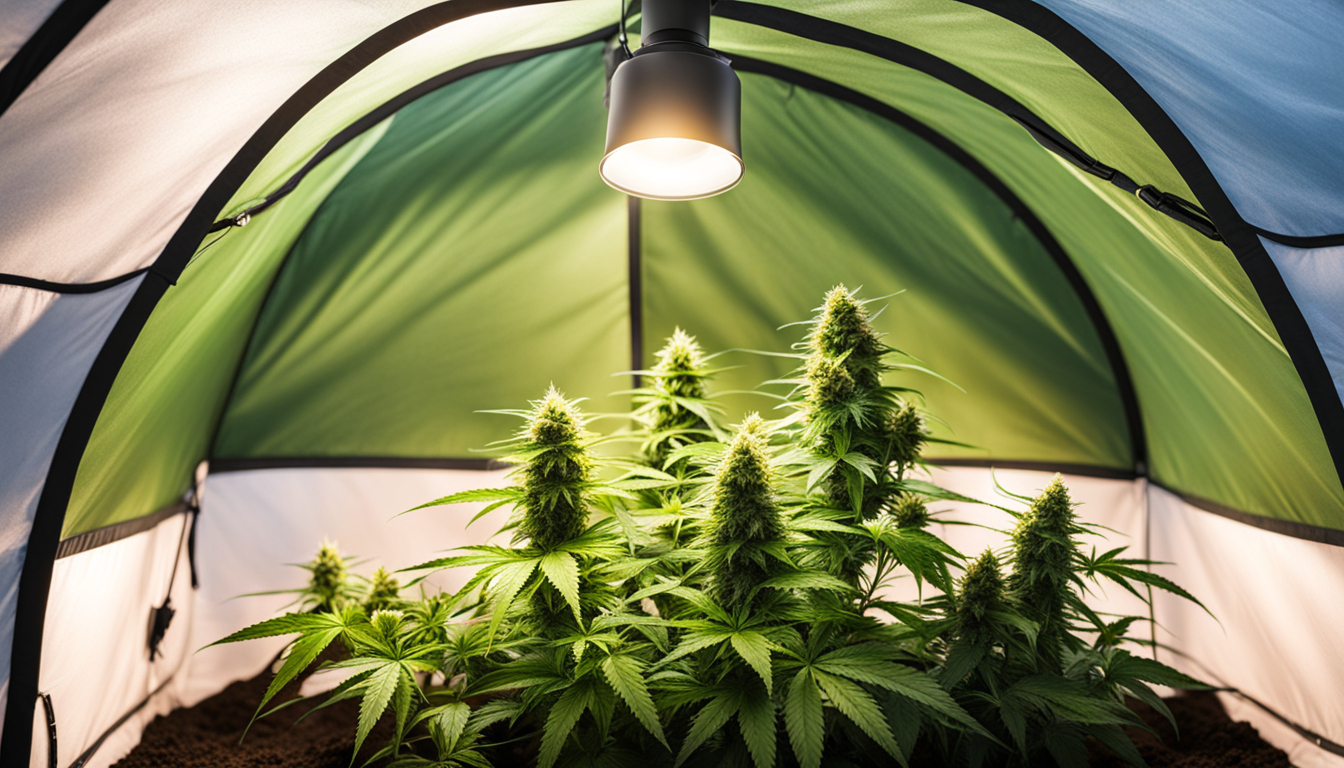
Setting Up Your Cultivation Space
Weed plants need the right controlled environment to flourish. Key factors for indoor grows are lights, airflow, layout, and finding the ideal discreet location.
Location
Choose an unused space with direct access to irrigation and power outlets. An empty spare room, large closet, basement corner, or cultivation tent securely placed in a garage all make great hidden grow room spots.
Lights
Marijuana requires strong light for all growth stages. LEDs are energy-efficient and come in full spectrum options replicating real sunlight. Provide 250-400 watts per square foot for the vegetative stage and 400-600 watts per sq. ft. for flowering.
Airflow
Proper ventilation and exhaust systems maintain ideal temp, humidity, and fresh CO2 levels. Set up silent 4-6 inch fans or scrubbers to circulate stale air and reduce odors.
Layout
Optimize your space by positioning plants strategically under the lamps and allowing room to access and work around them. Set up distinct zones for vegetation, flowering, curing, and cloning.
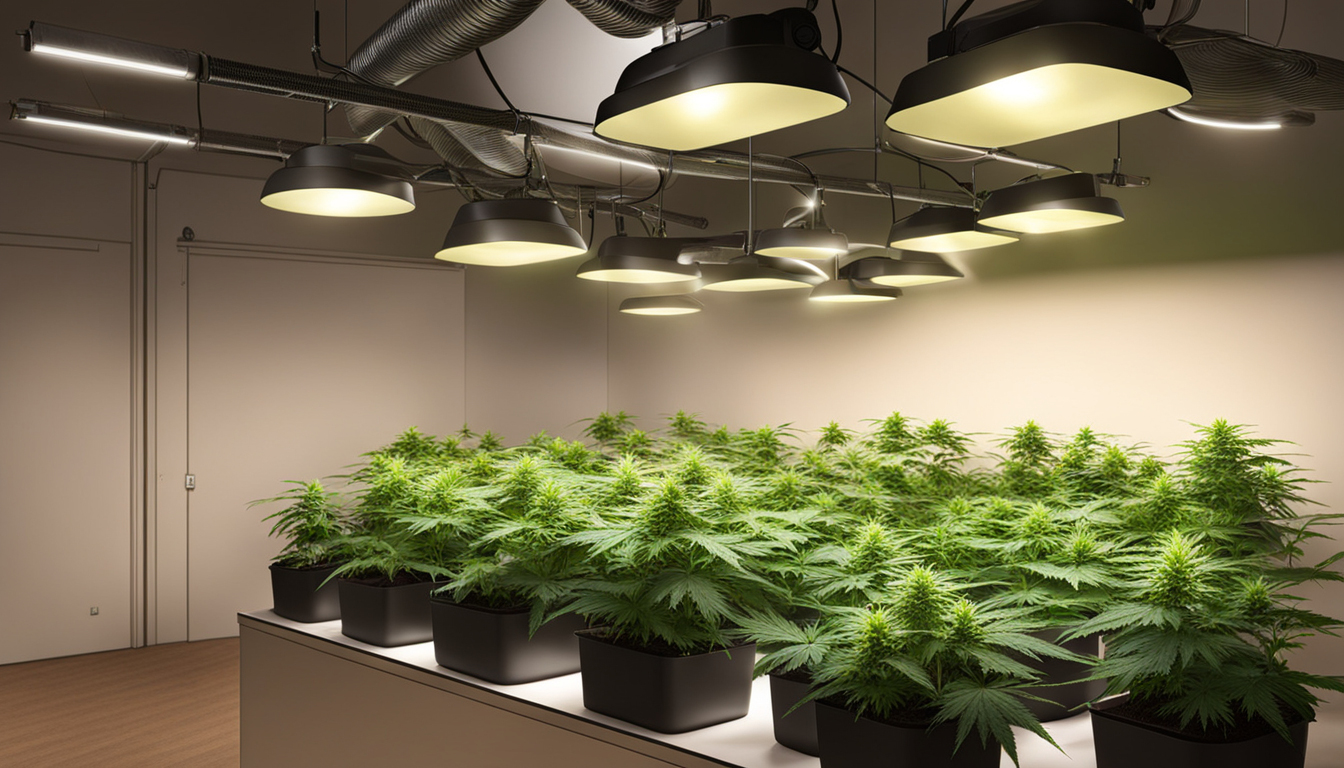
Cultivation Substrates
Marijuana can be cultivated in different substrates, each with pros and cons. Pick a appropriate option for your specific setup and cultivation style.
Soil
The traditional substrate, soil is cheap and simple for beginners. It provides excellent taste but requires more irrigation and fertilizing to nourish plants. Enrich soil with perlite or coir to improve drainage.
Coconut coir
Made from coconut husks, renewable coconut fiber retains water but still lets in air to the roots. It's cleaner and more predictable than soil. Use coir-specific fertilizers to prevent calcium buildup.
Water systems
In water systems, plant roots grow right in fertilizer water solution. This enables quick growth but needs close observation of water chemistry. DWC and drip systems Subscribe Now are common methods.
Sprouting Seeds
Germination prepares your pot seeds to begin growing taproots. This prepares them for transplanting into their cultivation medium.
Paper Towel Method
Place seeds between wet paper towel and keep them damp. Inspect after 2-7 days for emerging radicles indicating germination is complete.
Planting directly
Plant seeds right into pre-moistened growing medium 6mm deep. Gently water and wait 7-14 days until seedlings break through the surface.
Rockwool Cubes
Soak cubic rockwool starters in balanced water. Insert seeds 6mm deep into the cubes. Keep cubes wet until seedlings emerge within a week to 2 weeks.
Repotting Young plants
Once sprouted, marijuana young plants need to be transplanted to avoid overcrowding. Move them into proper sized pots.
Preparing Containers
Fill final pots with growing medium enriched with time-released nutrients. Allow containers to soak up water for 8-12 hours before transplanting.
Carefully Transplanting
Gently loosen young roots from sprouting medium using a spade. Place into prepared container at same depth as before and lightly water in.
Growth Stage
The vegetative stage promotes leafy growth and plant form through 3/4 to full day of continual light exposure. This stage usually lasts 4-8 weeks.
Providing 3/4 to full day of Lighting
Use lamps on a 24 daily schedule or outdoor light to trigger constant photosynthesis. Light intensity influences height and node distance.
Fertilizing
Use vegetative stage fertilizers richer in N. Make sure pH remains around 5.8-6.3 for full fertilizer uptake. Fertilize 1⁄4 to 1⁄2 strength after 14 days and strengthen slowly.
LST and topping
Fimming, LST, and trellising manipulate growth patterns for even canopies. This increases yields.
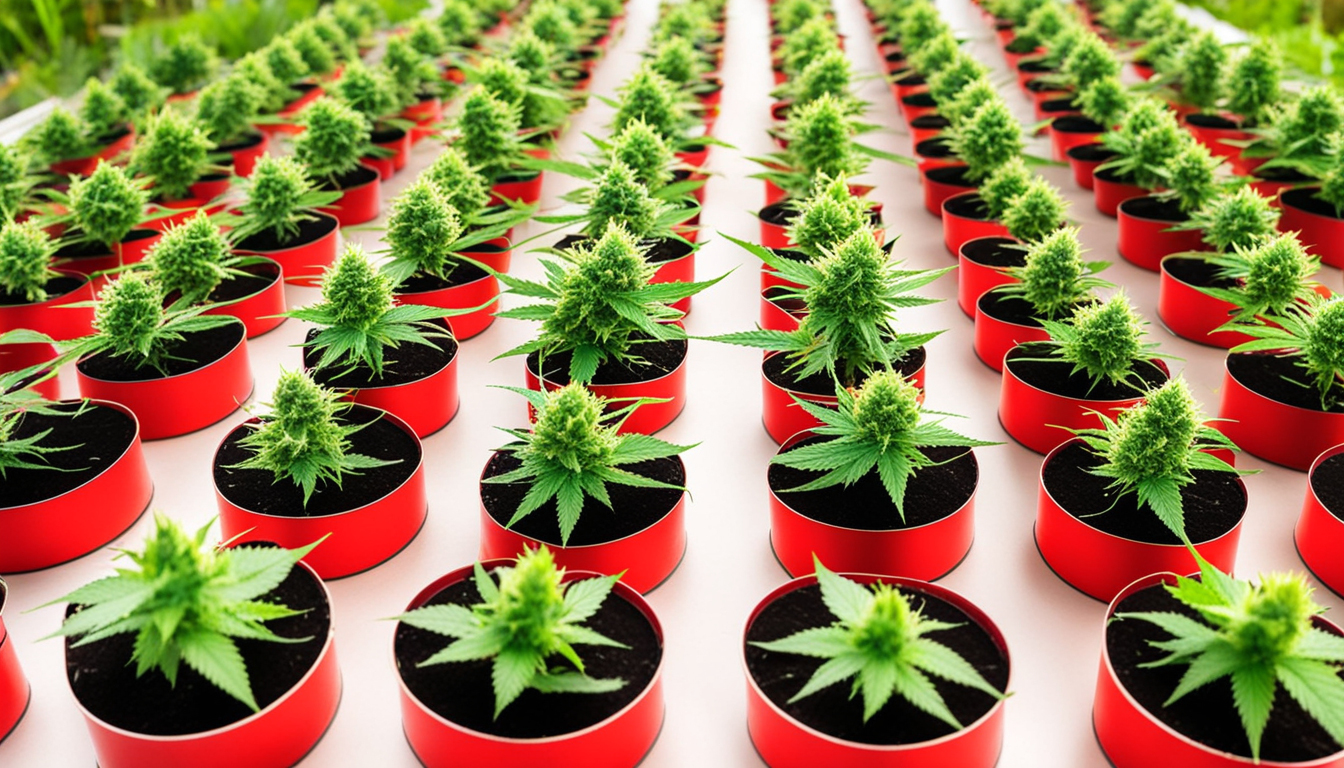
Flowering Stage
The blooming stage grows buds as plants reveal their sex under a 12/12 light timing. It lasts 2-3 months based on strain.
Changing Light Schedule
Switch lamps to 12/12 or place outdoors for natural 12 hour cycle. This triggers plants to start flowering.
Stop Fertilizing
Leaching flushes out nutrient salts to improve flavor. Feed lightly the first period then just use plain water the final 2 weeks.
Flushing
Maintain 12 hour photoperiod but leach using pH-balanced water only. Resume clean watering if buds aren't mature after two weeks.
Reaping
Recognizing when marijuana is fully ripe delivers peak cannabinoid content and aroma. Harvest plants at optimal ripeness.
Identifying Ripeness
Look for fading pistils, swelling calyxes, and 10-15% amber trichomes. Inspect Find Out More buds around the plant as they don't all mature evenly.
Harvesting plants
Use sterilized, razor-sharp pruning shears to gently slice each plant at the base. Leave 5-10cm of stem attached.
Drying
Suspend whole plants or branches inverted in a dark room with moderate temp and humidity around 45-65% for 7-14 days.
Curing
Aging continues desiccating while improving the buds like fine wine. This technique smooths harshness and intensifies cannabinoid contents.
Jars and Humidity
Manicure dried buds from stems and store into glass jars, packing about 3⁄4 full. Use Watch Now a sensor to monitor container humidity.
Opening jars daily
Open containers for a few hours each day to gradually lower moisture. Remoisten buds if RH drops below 55%.
Final Cure
After 14-21 days when moisture stabilizes around 55-60%, do a final trim and store long-term in airtight jars.
Common Problems and Solutions
Even experienced cultivators run into different weed plant problems. Identify problems early and address them properly to keep a strong garden.
Poor feeding
Chlorosis often indicate insufficient nitrogen. Anthocyanins and leaves signal phosphorus deficiency. Test pH and increase fertilizers gradually.
Bugs
Thrips, aphids, fungus gnats, thrips, and nematodes are frequent marijuana pests. Use neem oil sprays, predator bugs, and sticky traps for organic control.
Mold
Excessive humidity promotes powdery mildew and root rot. Improve circulation and circulation while lowering RH below 50% during bloom.
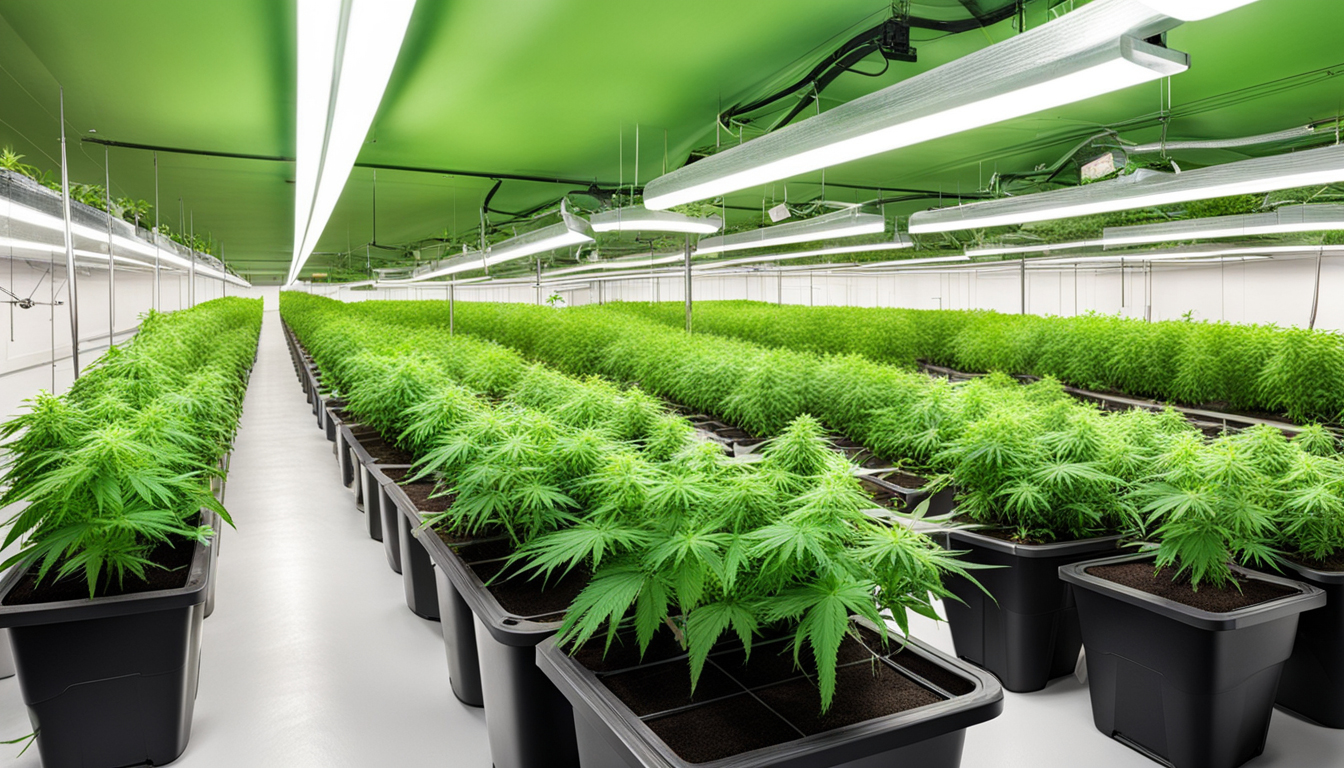
Summary
With this complete indoor cannabis growing guide, you now have the knowledge to grow bountiful potent buds for personal grows. Follow these steps and methods throughout the germination, vegetative, and flowering stages. Invest in good equipment and carefully check on your plants. In time, you'll be rewarded with sticky fragrant buds you grew yourself under the patient guidance of your green thumbs. Good luck cultivating!